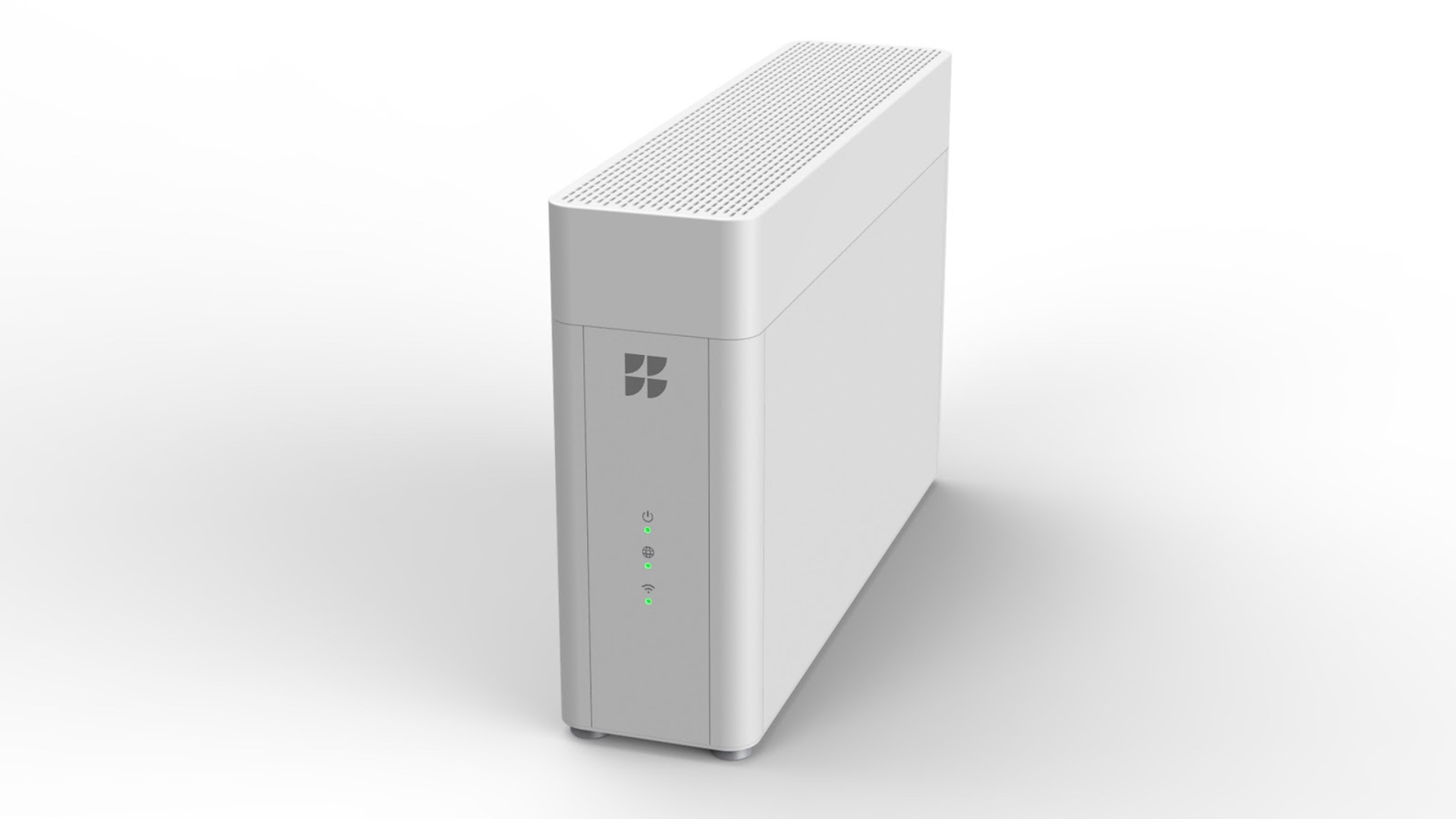Google Fiber, a subsidiary of Alphabet Inc., is set to revolutionize high-speed internet connectivity with its latest offering: a 20Gbps fiber service leveraging Wi-Fi 7 technology. Priced at $250 per month, this service is scheduled for launch in select U.S. cities, including Kansas City, North Carolina’s Triangle Region, Arizona, and Iowa, early next year. The introduction of this service marks a significant step forward in internet technology, boasting symmetrical speeds suitable for both uploading and downloading.

This groundbreaking service is made possible through the deployment of Nokia’s advanced 25G PON (passive optical networks) technology, a key component of Google Fiber’s network infrastructure upgrades. While the price point is steep, the service promises unparalleled multi-gig internet speeds across multiple floors of a home, thanks to a custom Wi-Fi 7 router developed in partnership with Actiontec.
This feature presents an opportunity for cost-sharing among multiple users, making the service more accessible. Compared to AT&T’s Elite 5Gbps fiber offering, Google Fiber’s 20Gbps plan provides four times the speed at the same monthly cost. However, availability remains a challenge for Google Fiber, with its high-speed services still limited in reach. Major cities like San Francisco, Atlanta, and San Antonio currently have access to Google Fiber, yet it remains absent in significant markets such as New York City and Los Angeles.
To maximize the benefits of Google Fiber’s revolutionary 20Gbps speeds, consumers must equip themselves with devices that are compatible with cutting-edge Wi-Fi technologies, notably Wi-Fi 6E and the forthcoming Wi-Fi 7. This prerequisite is crucial for users to experience the full potential of the ultra-fast internet speeds promised by this service. The launch of this ambitious plan is scheduled for the first quarter of 2024, targeting the initially mentioned cities.
This rollout represents a significant milestone in the evolution of high-speed internet services, potentially setting a new standard for residential and commercial internet connectivity. The introduction of such high-speed capabilities not only enhances user experience but also opens new avenues for technological innovation and development in various sectors reliant on high-speed internet.
